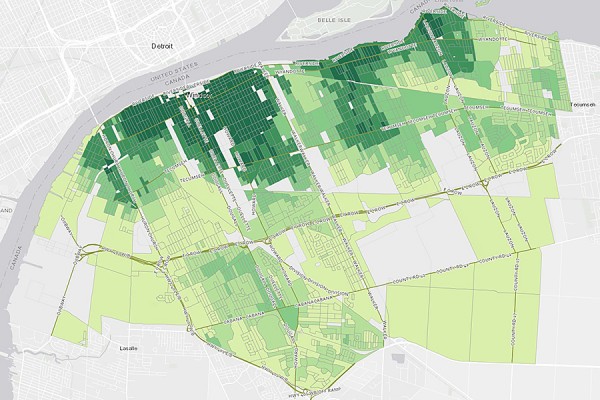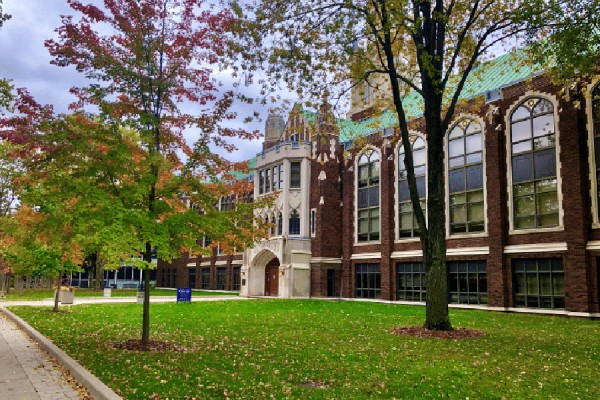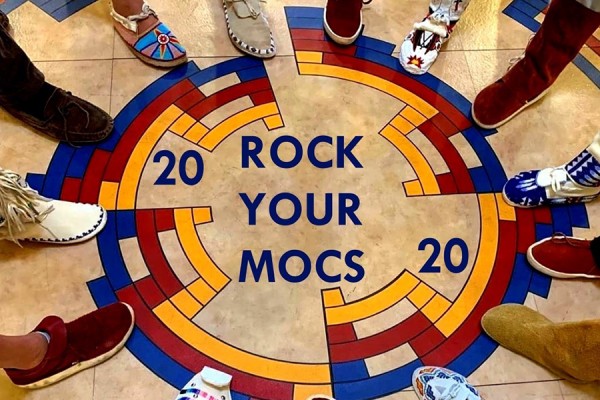 Geospatial data analyst Carina Luo mapped the walkability of Windsor neighbourhoods.
Geospatial data analyst Carina Luo mapped the walkability of Windsor neighbourhoods.
The Leddy Library invites patrons to explore Windsor’s Neighbourhood Walkability map application for GIS Day.
GIS Day is an annual event celebrating the technology of geographic information systems, which Leddy Library’s geospatial data analyst, Carina Luo, used to create a local walkability map application of Windsor neighbourhoods.
“Neighbourhood walkability is a measure of how well the built environment of a neighbourhood promotes walking,” said Luo. “For instance, a neighbourhood that has a variety of destinations within walking distance is considered highly walkable and can be determined through GIS research.”
Luo, who provides geospatial services to the campus community through the Academic Data Centre, is an expert in the field of GIS and was inspired to create the map application after her local gym closed due to the pandemic.
“I decided to explore other options to keep healthy during this time and after a few disappointing walks in some neighbourhoods, I opted to dig up some research on Windsor’s Walkability,” she said.
Although there were several existing studies investigating the walkability of other Canadian cities such as Toronto and Vancouver, little was known about the walkability of Windsor.
Luo reviewed literature on public health, urban design, and walkability to determine variables that represent individual aspects of the built environment influencing walkability and corresponding data sources. Using GIS and statistical analysis, she combined data on these variables into a composite value of overall walkability for each neighbourhood.
The final online application brings together a variety of information from population density, residential density, land-use mix, street connectivity, destination accessibility, transit availability, commuting behaviour, and socioeconomic characteristics to display the walkability indexes for Windsor neighbourhoods.
“GIS uses sophisticated software and methods to analyze data by location and then organizes various layers of information into visualizations using maps and 3D scenes,” said Luo. “This can reveal hidden patterns, relationships, and trends that may not be apparent in spreadsheets and texts.”
Luo’s early finding have shown that residents of neighbourhoods with greater walkability reported higher levels of walking, cycling, and use of public transit for transportation to work. She also discovered an interesting relationship between income and walkability, a correlation that she plans to research further.
With many public policies moving toward modifying neighbourhood-level built environment to support physical activity, she hopes her tool will help inform future research on the impacts of neighbourhood design on travel patterns, health, and environmental outcomes.
Researchers and students can reach out to the Academic Data Centre to learn how to use GIS in their research. The library’s team of data experts at the Academic Data Centre can advise on the best approaches for finding and accessing geospatial data, creating maps, and conducting spatial analysis with data.
View Luo’s complete methodology online or visit the library website to learn more about GIS.






